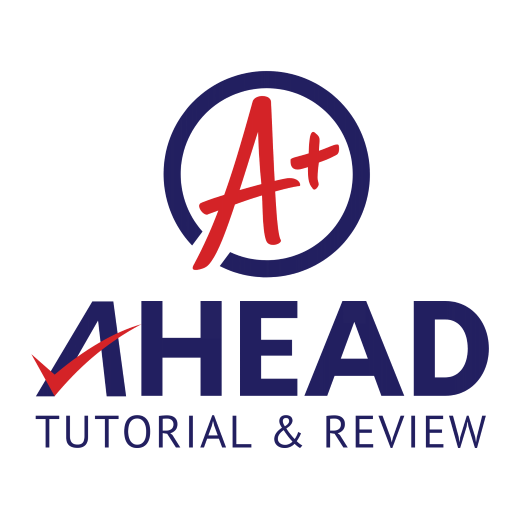Visual aids can help relay a message much more clearly. This is why they are widely used in presentations, speeches, and classroom teaching. And even as review and study tools, you’ll find that they have so much potential.
By presenting information in graphic format, visual aids are used to organize data, condense loads of input, and highlight important details, says AHEAD Tutorial & Review Center lecturer Hazel Velasco.
Visual aids stimulate the brain and help it register and remember information. Thus, when you are studying, you can make your own visual aids to help you remember and understand your lessons better.
Visual aids come in several forms, each of them used to organize different kinds of information.
Charts and graphs are used to show relationships among data. You can make a pie chart to show partitions of a whole, and a spider chart to break down complex ideas for an essay. You can make a line graph to show trends, and a bar graph to point out differences in figures.
Flashcards are also effective visual aids. With illustrations on either side, flashcards can aid in memorization and familiarization. When learning a foreign language, for example, you can use flashcards with pictures of different objects and their corresponding names. In a tutorial setup, a teacher can write questions on a set of flashcards and ask you to pick one flashcard at a time, and answer the corresponding question on each.
Information that is hard to explain or describe can be better communicated through posters. By looking at the illustrations, you can analyze and understand, say, the parts of the digestive system more quickly than when you simply read texts.
There’s also PowerPoint, which is one of the most widely used visual methods today. What makes PowerPoint so effective is its flexibility. Slides can be devoted to images, or they can contain images and texts. Whenever there is visual content on the slides, the brain will make associations, process the information with much more ease, and eventually retain it.
What’s good is that as you make your visual aids, you are already starting to visualize and analyze information. In the end, this allows for a learning-filled review and study session.
